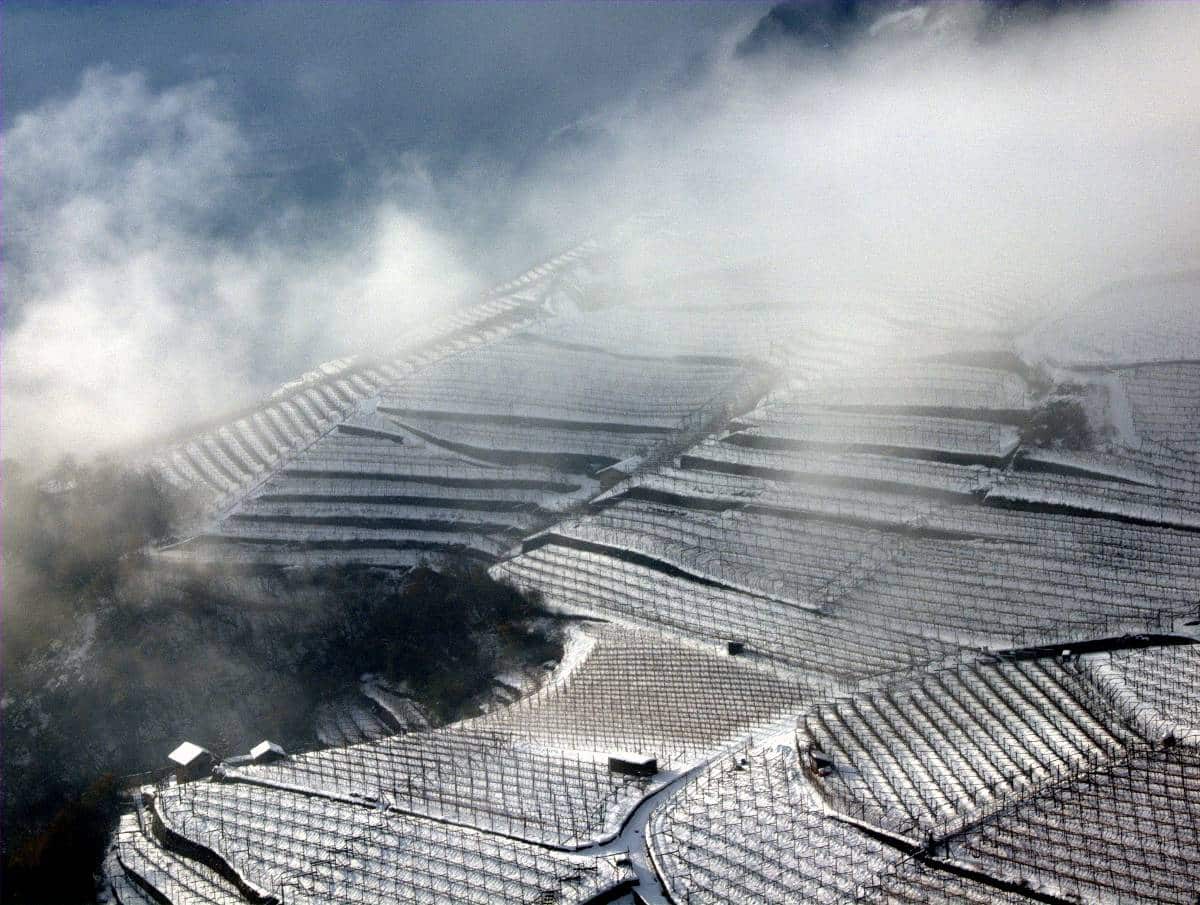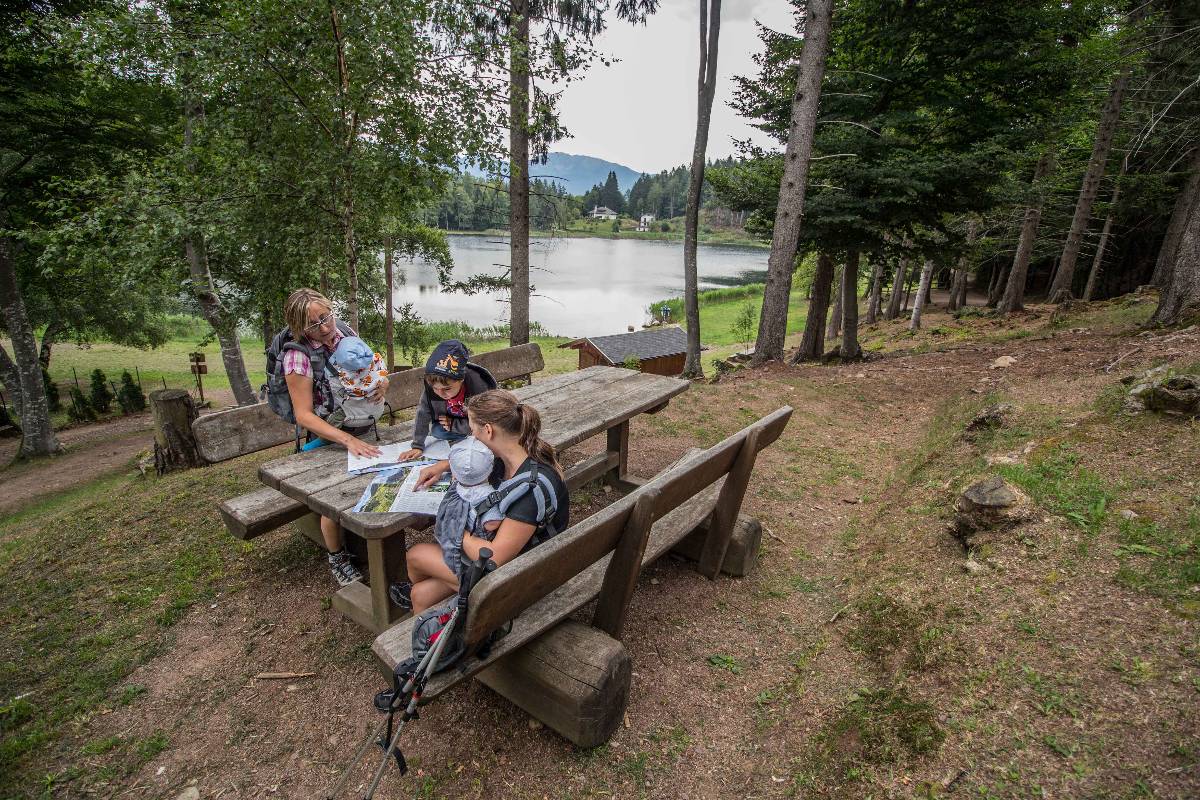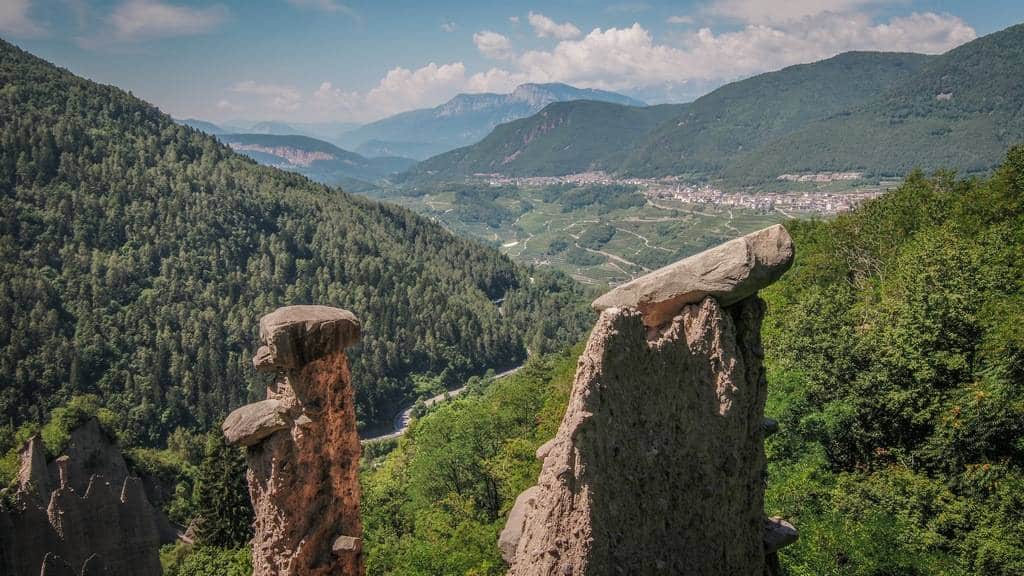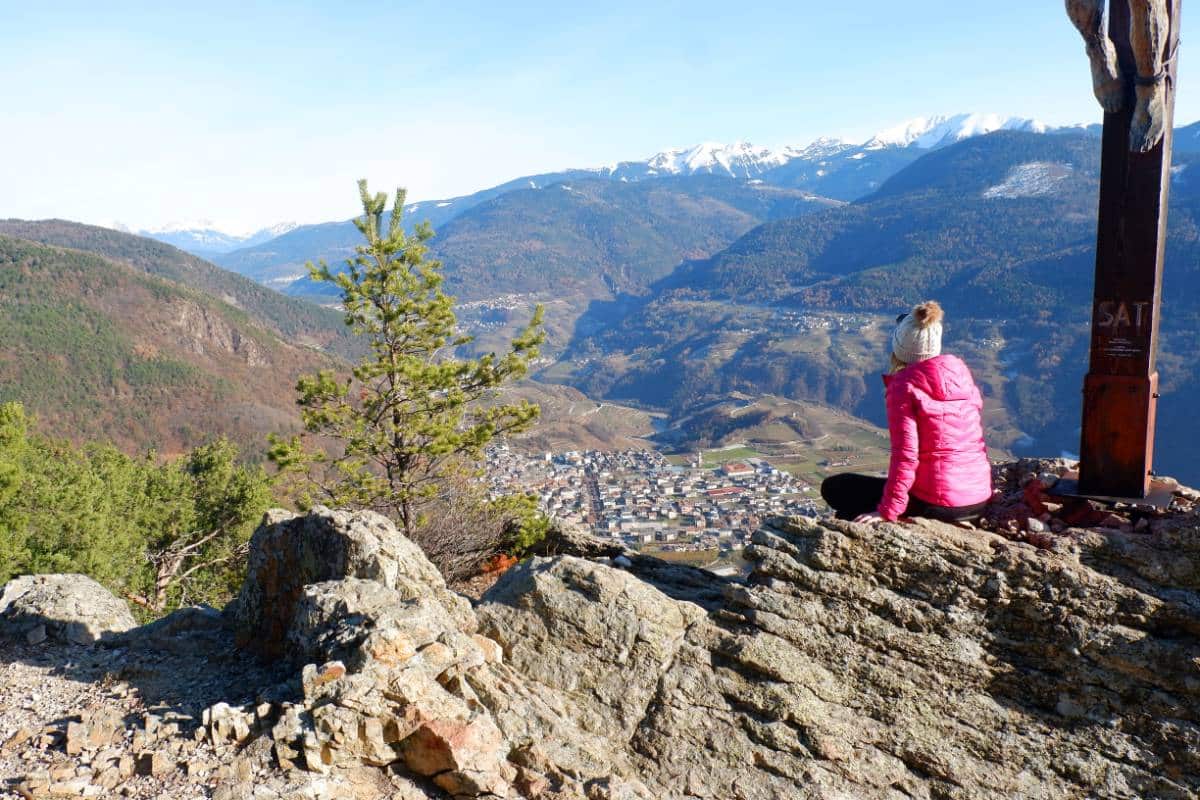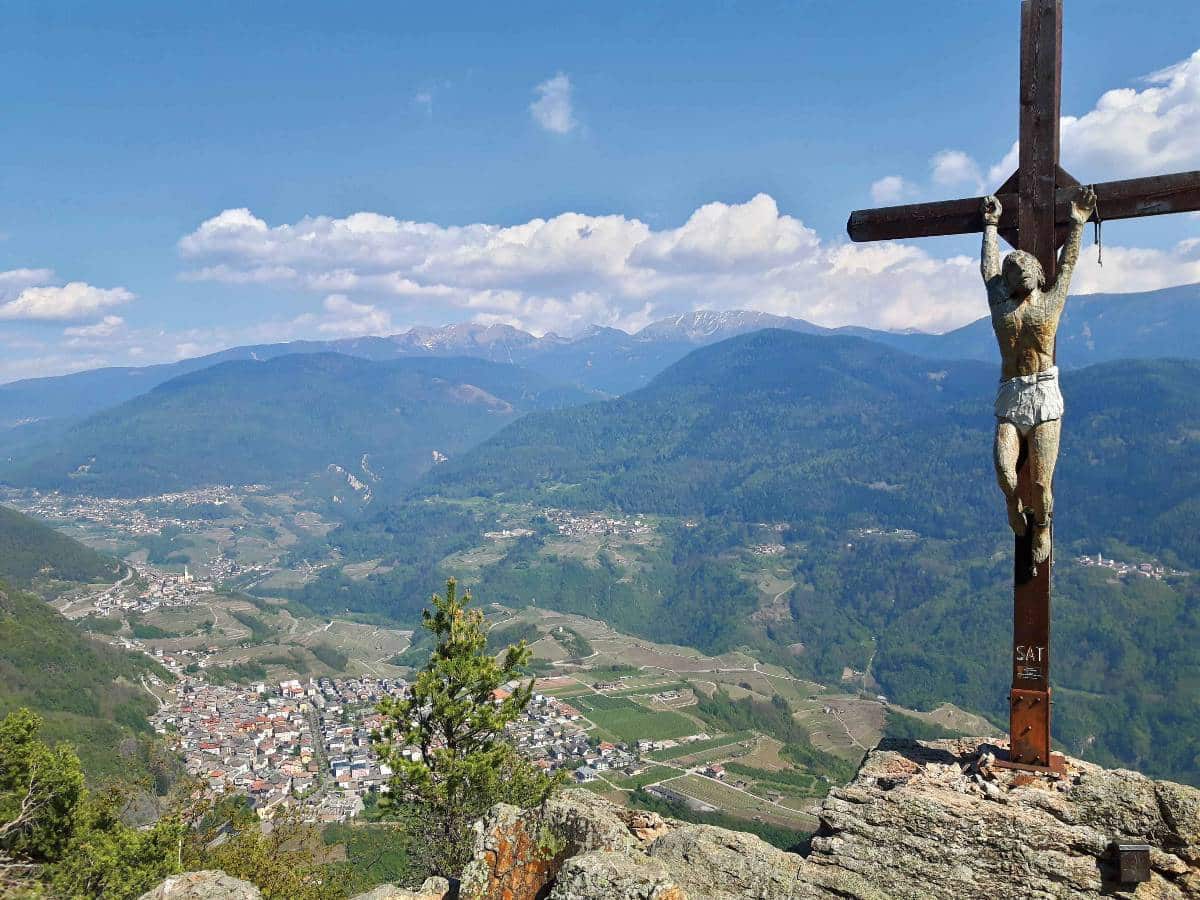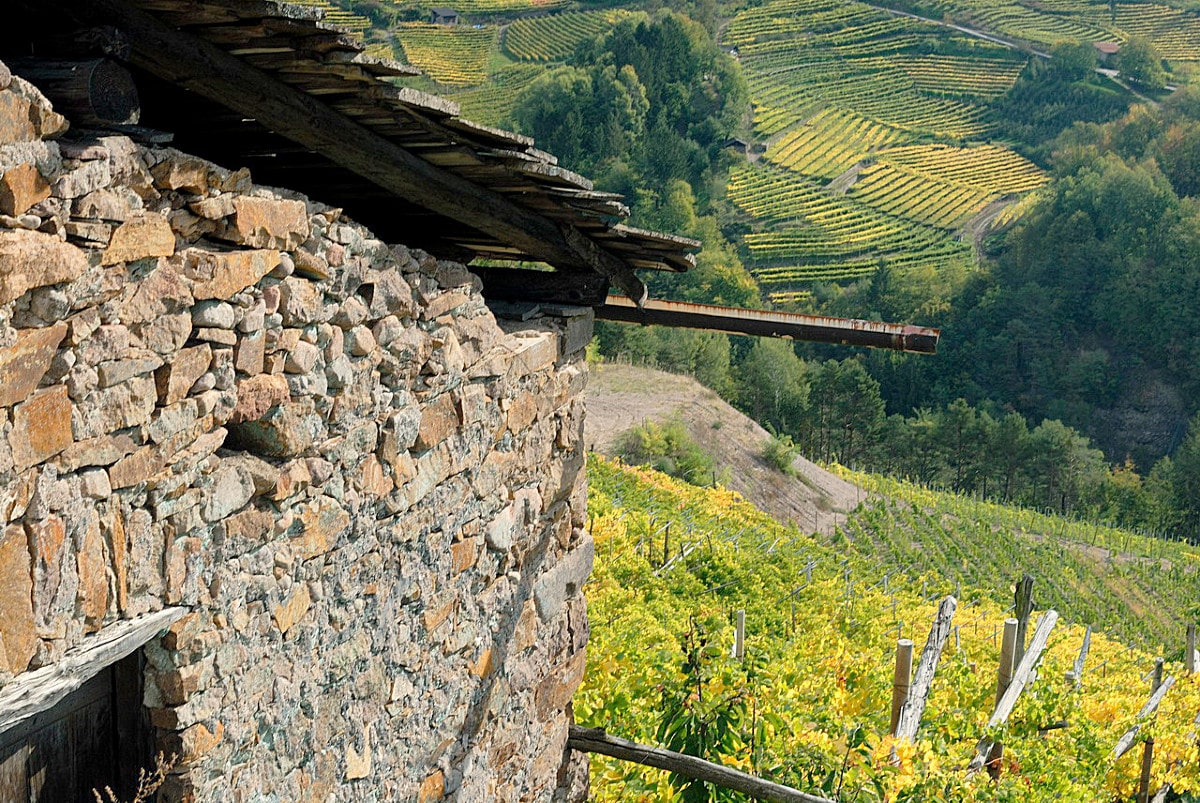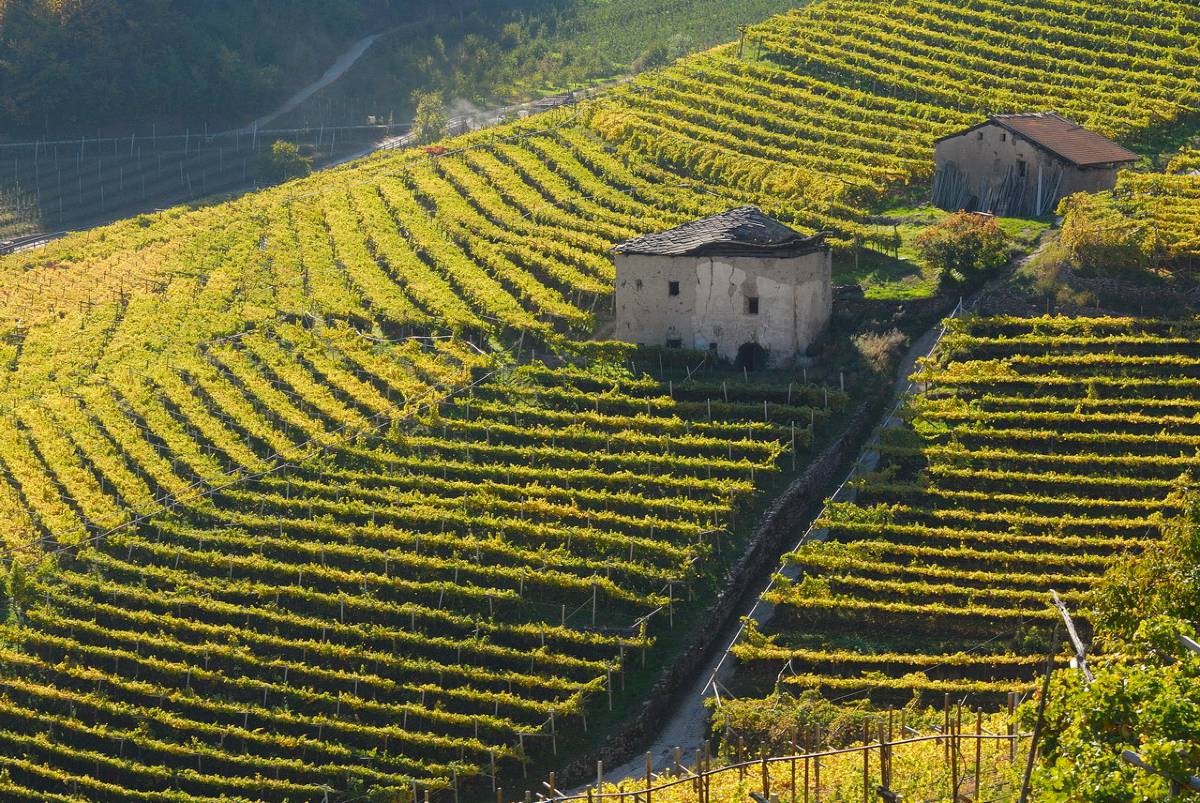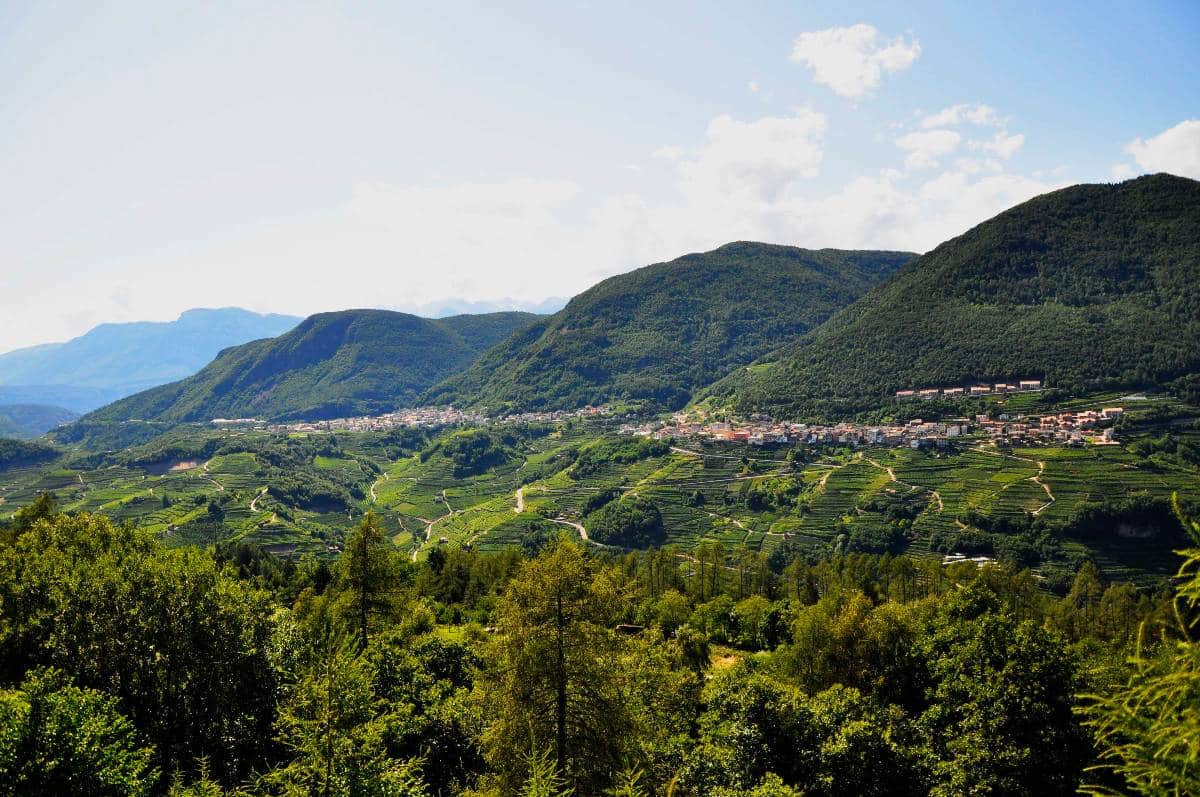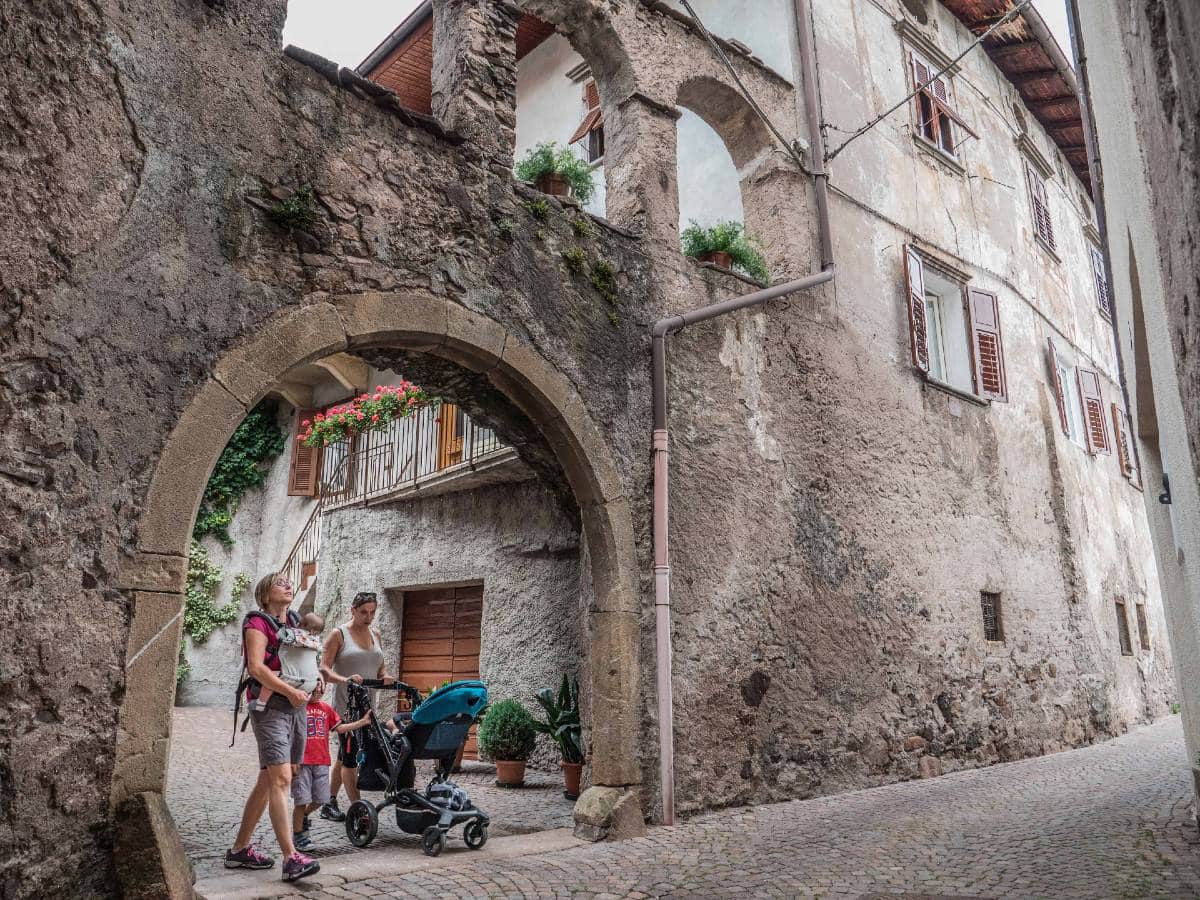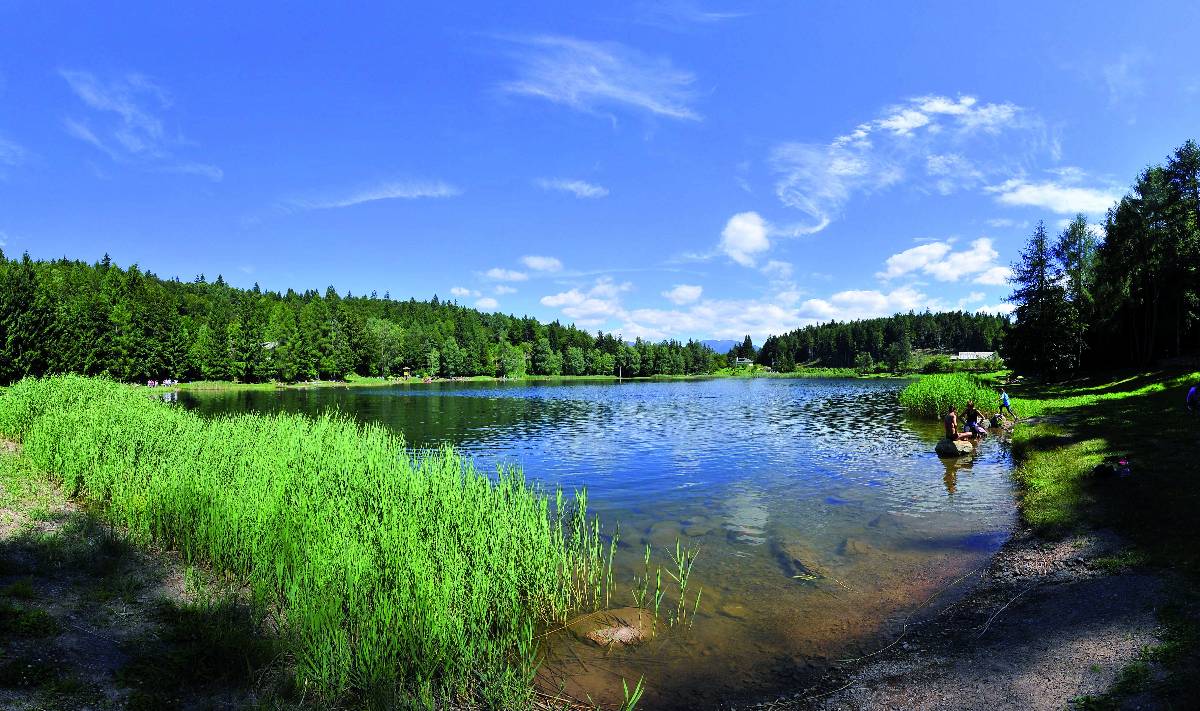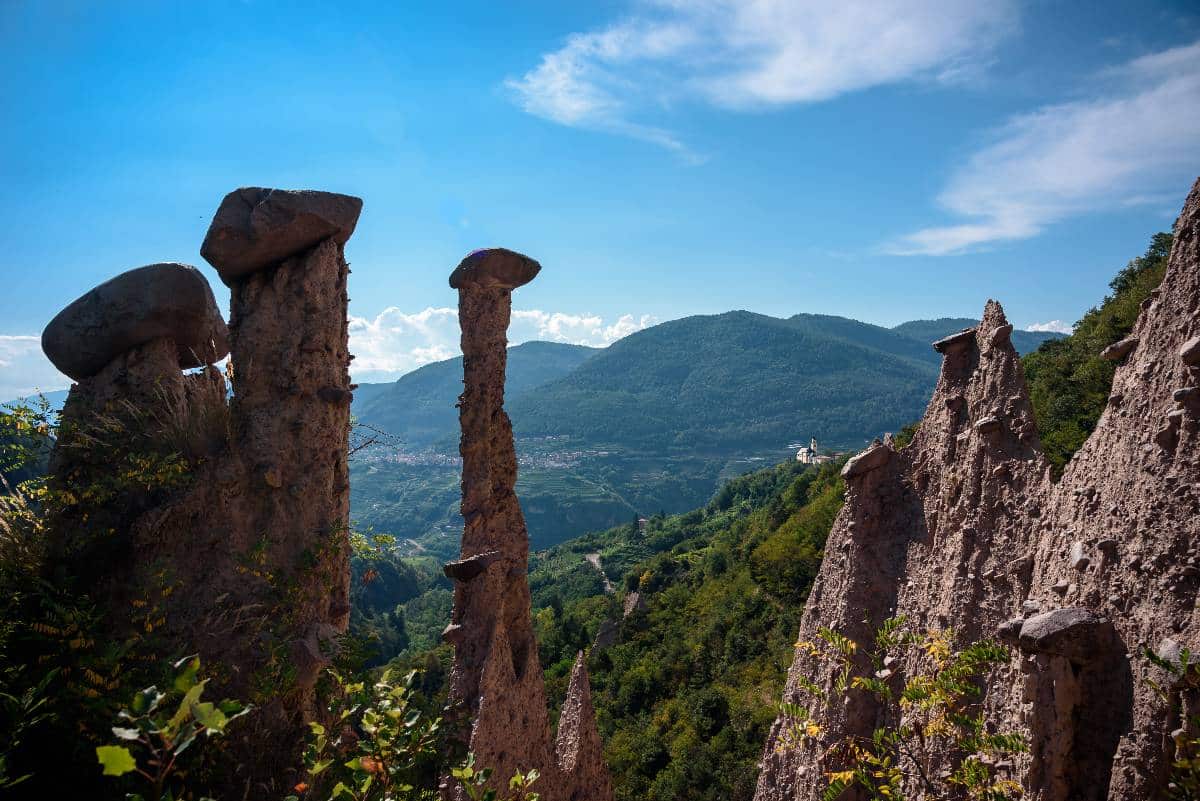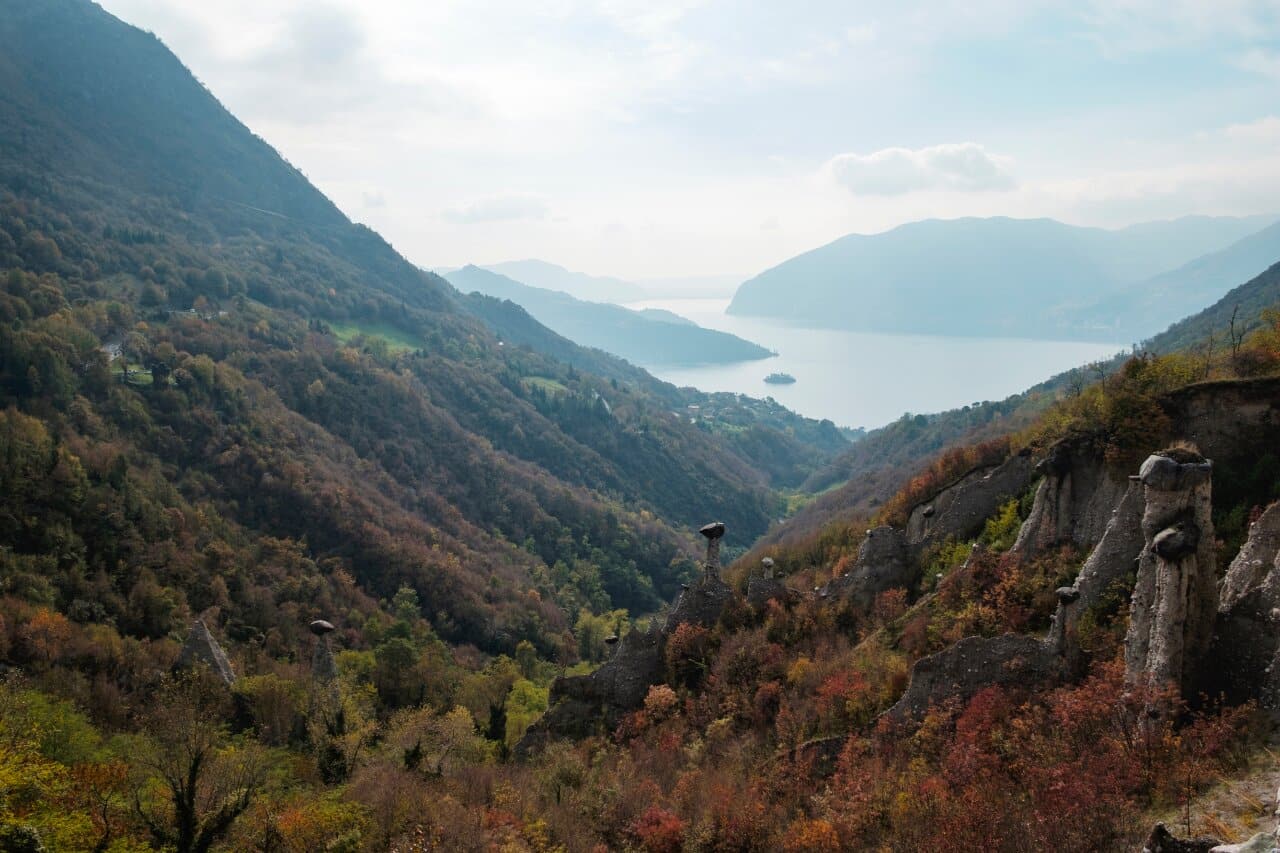From the historical point of view, the first traces of human settlement date back to the fifth century BC. and are evidenced by archaeological finds on the Doss Caslir of Cembra such as the "situla retica" erroneously defined Etruscan, now preserved at the Castello del Buonconsiglio in Trento, which bears on the handle and on the edges, numerous engravings probably referring to the offer of wine to the God Lavinio . "Cimbra" is also remembered by Paolo Diacono in 590 among the castles destroyed by the Franks; for many centuries and until the end of the nineteenth century it was considered the administrative center of the Valley, being the seat of district judgment and the District Court.
Cembra was a "Magnificent Community" since the times of the Counts of Tyrol. The inhabitants could administer socio-political life with the "Charter of Rule" drawn up by a group of democratically elected citizens who then submitted it to the Lords of Konisgberg. The eighteenth century was a period of major reforms introduced by Maria Theresa of Austria and later by Joseph II. Among the most important are the agrarian reform which contributed greatly to the solution of an endemic food poverty of the populations and the scholastic one which forced the boys and girls of the empire to attend at least three years of school. The agricultural activity of the country was then, as today, almost exclusively wine-growing. Therefore it is not surprising that the "Rule Cards" of Cembra have dedicated a large part of their chapters to the protection and regulation, sometimes severe, of work in the vineyards.
The historic center of the village rises close to Monte di Cembra (1250 m) and is characterized by a series of buildings with rural but also elegant architecture due to the presence of some beautiful palaces such as Palazzo Maffei and Palazzo Barbi, now institutional headquarters of the Municipal and Community Library Valle di Cembra. There are six districts in which the village is divided: San Pero, Caraia, Piagi, Fadana, San Rocco and finally Campagna Rasa which, as the toponym indicates, is a large flat terrace of recent expansion; it is the new part where hotels, school buildings, gyms, sports fields and small parks are located. In the middle of summer, the districts challenge each other in the "Palio Raglio" an exhilarating challenge with a parade of contradaioli, allegorical floats, games and the final palio in which the protagonists are nice donkeys.
From an artistic point of view, the Church of San Pietro which stands in the district of the same name is of great importance. Of early medieval foundation, it preserves inside a frescoed cycle of the Life of Jesus (16th century), called the "bible of the poor", and a splendid representation of the Last Judgment (18th century) by Valentino Rovisi, pupil of Tiepolo . At the presbytery near the holy arch, the remains of a rare cell memoriae are visible, which allowed during the last restorations to date the church to the 5th-6th century AD. The Church can be admired by booking a guided tour at the A.p.T. local.
Those who arrive in Cembra have the opportunity, well before reaching the town, to immerse themselves in the cultural landscape of the Valley: hundreds of kilometers of dry stone walls (whose construction art has become a UNESCO intangible heritage) support the sides of the Valley to allow the vine cultivation that has millennial origins. The most renowned grape variety is Müller Thurgau, the prince of mountain wines that grows here up to 1000 meters above sea level, at the edge of the forest. Every year in July, an international exhibition with an oenological competition is dedicated to this fresh and fragrant white wine, with the participation of labels from all over the world and which offers a rich collection of highly appealing technical and collateral events.
The cultivation of porphyry, the red stone of volcanic origin that has conveyed the name of the Valley all over the world and which today offers many ideas for visiting the quarry and organizing events en plein-air.
The steep hairpin bends that go up the valley as well as the numerous medium mountain routes are a popular destination for two-wheel enthusiasts, thanks to the reputation of being the birthplace of pedal champions such as Francesco Moser and Gilberto Simoni. Cembra boasts another record: that of being the cradle of curling in Trentino and Italy, an original winter sport that until the 1980s was practiced on the frozen surface of Lake Santo at 1,200 meters above sea level. In the city Palacurling today, from October to April, numerous national competitions and competitions are hosted.
Although they can be visited all year round for the medium altitude (687-1350 m a.s.l.) and for the happy sun exposure, Cembra and the Valley offer their best in autumn. During this period of the year, walks or treks are still possible along the many paths that start from the enchanting Lago Santo and run along the entire ridge in the heart of the Avisio Alta Val di Cembra network or among the vineyards that smell of grapes. The foliage is a spectacle and attracts many nature and photography enthusiasts every year.
It is no coincidence that one of the most interesting food and wine events takes place in October, among the numerous "caneve en Festa" in the historic center. A tour for wine tourists and not, with the possibility, thanks to a cultural journey through alleys and squares, to taste the traditional Trentino cuisine combined with excellent local wines but also white and aromatic grappas, typical salami, small fruits, apples, herbal teas and mountain honey.
Those who want to deepen their knowledge of the area and organize a special holiday, know that the central position of the Valley allows you to quickly reach places such as the original Pyramids of Terra di Segonzano, the ancient peat bogs of the Riserva Network, the Castello di Piazzo painted by Albrecht Dürer in 1494, the Porphyry House Museum of Albiano, the Avisio stream and the nearby lakes of the Piné Plateau. They also deserve the Val di Fiemme in the heart of the Dolomites (30 minutes by car) with its renowned ski resorts, the capital Trento with its beautiful historic center and MUSE, the Museum of Uses and Costumes of San Michele all'Adige, Garda Trentino is the first places in Alto Adige Südtirol.
The hotel and non-hotel facilities offer family hospitality, as well as the small restaurants in the surrounding area. The pride and joy are the cellars and distilleries, as well as the farms that offer the possibility of customized and scheduled visits and tastings and tastings in symbiosis with the nature and culture of the places.


